#schechtel
Explore tagged Tumblr posts
Text

Ryabushinsky House (Maxim Gorky House Museum) 1902. Malaya Nikitskaya 6, Moscow. Architect Fyodor Schechtel (1859-1926). - source Aure Bonmatí Mondéjar.
189 notes
·
View notes
Text
Парадная в египетском стиле (особняк Морозова в Подсосенском переулке). Архитектор - Шехтель.

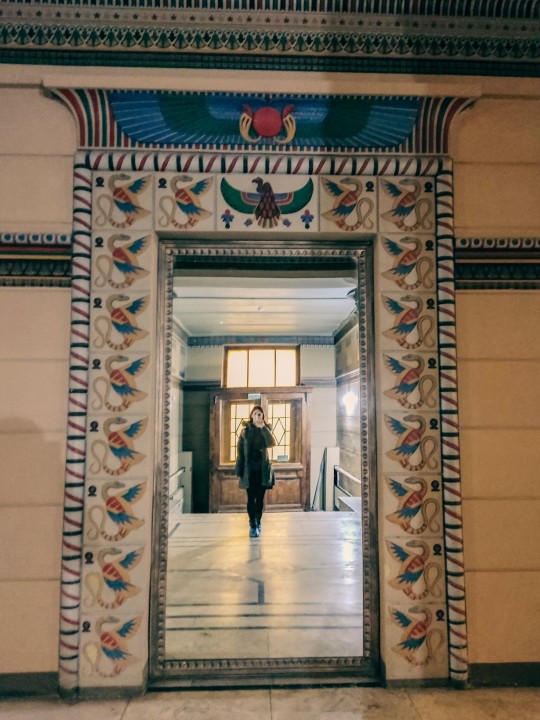
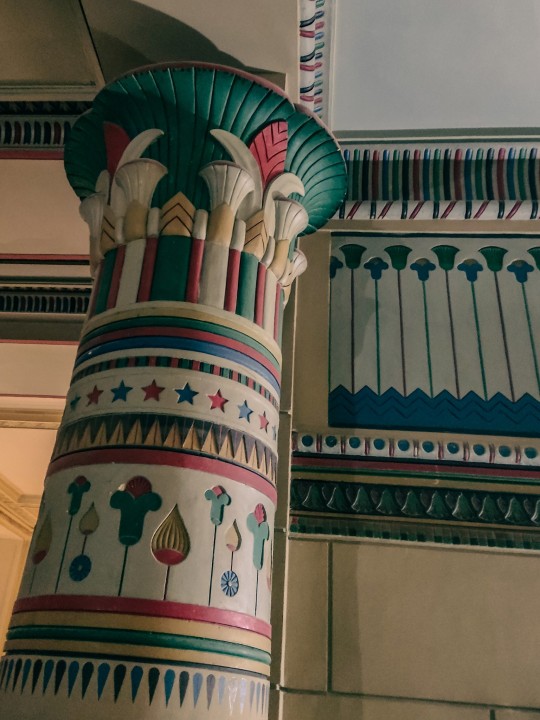

#эстетика ебеней#abandoned places#ебенячьи ебеня#my esthetic#abandoned russia#urbanexploration#abandoned#roadtrip#urbantrip#abandoned seekers#aesthetic#schechtel#шехтель#architecture hunter#architecture photography#architecture#усадьбы москвы
13 notes
·
View notes
Text
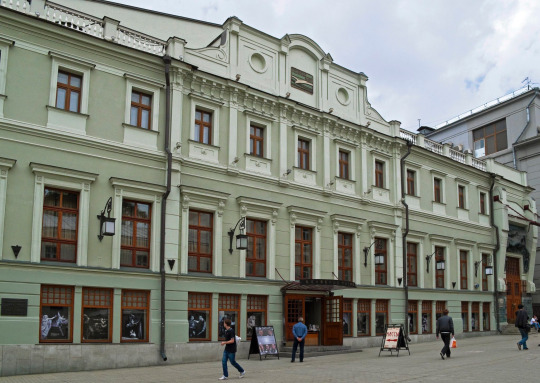


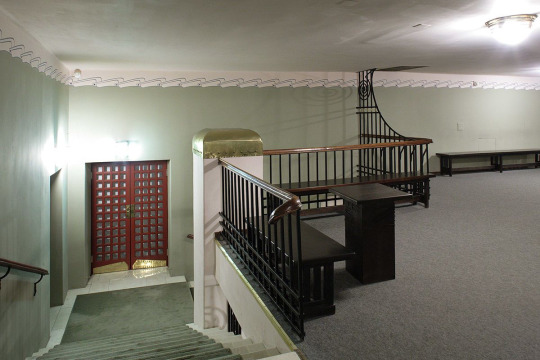
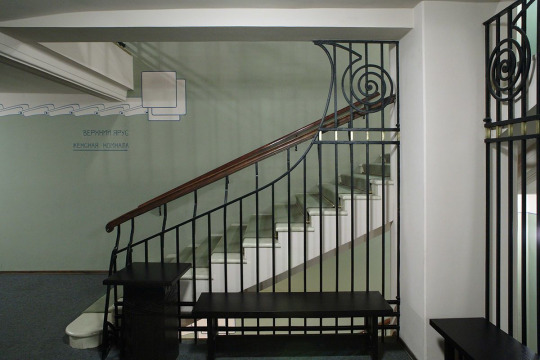
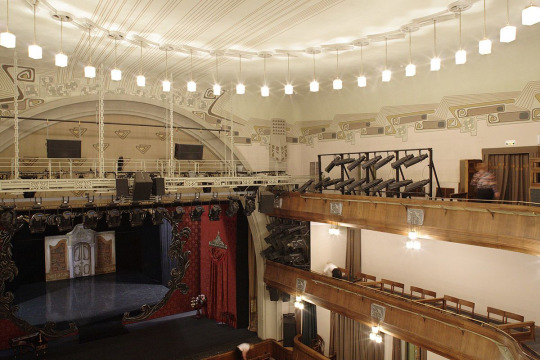

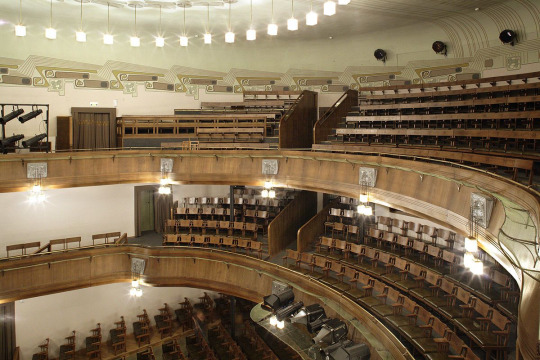
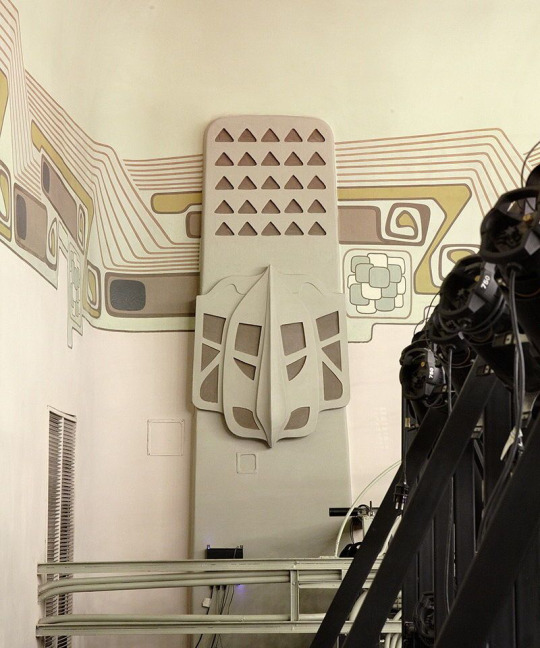
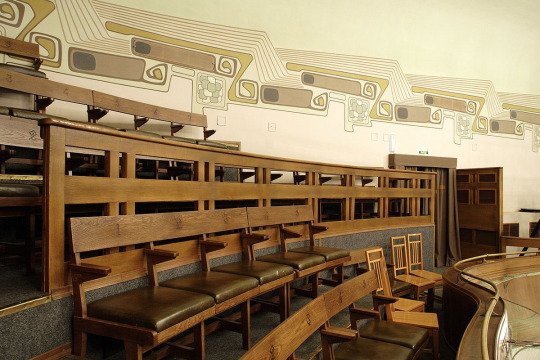
26 notes
·
View notes
Photo
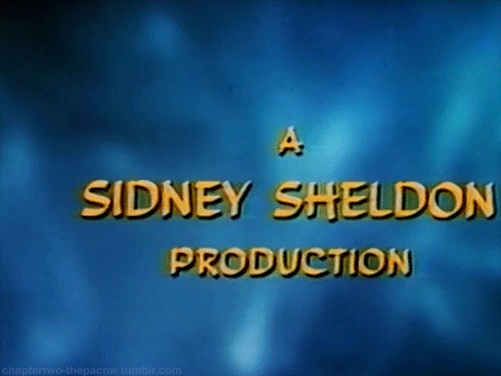
classic television |undated|
#gif#a sidney sheldon production#television#classic television#undated#sidney sheldon#sidney schechtel
11 notes
·
View notes
Text

Ryabouchinsky House, 1900-1902. Architect Fyodor Schechtel.
2 notes
·
View notes
Text

Fabulous Art Nouveau staircase at the Maxim Gorky Museum in Moscow, built between 1900 and 1902 by Architect Fyodor Schechtel.
6 notes
·
View notes
Link
Perhaps you recently read or listened to a book by Juliet Hulme or David John Moore Cornwell. Or maybe it was a novel from Chloe Ardelia Wofford or Sidney Schechtel. If these names don't sound familiar to you, it's because you know them better as Anne Perry, John le Carré, Toni Morrison, and Sidney Sheldon. For centuries, writers have been using alternate names, also known as pen names, noms de plume, or pseudonyms.
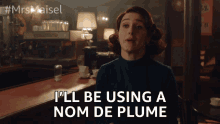
Why do authors use pseudonyms?
There are many reasons why an author might use a pen name. A woman writer might have a better chance of getting published if she is thought to be male. This was done frequently in earlier centuries, when women were not published at all. For example, Charlotte, Emily, and Anne Brontë first published under the names Currer, Ellis, and Acton Bell. Amantine Lucile Aurore Dupin also chose to use the pen name George Sand for this reason, although it was becoming more common for women writers to get published in her lifetime.
Alternately, to cite a recent example, more male authors are choosing female or gender-neutral pen names when they submit thrillers, a genre that has become female-dominated over the last decade, thanks in part to authors such as Gillian Flynn, Tana French, and Megan Abbott. Riley Sager (Todd Ritter), A.J. Finn (Daniel Mallory), and S.J. Watson (Steve Watson), are some of today's successful writers to adopt this method.
Some authors choose a pen name to write in a different genre than the one for which they are best known. Agatha Christie published several romance novels under the name Mary Westmacott. Nora Roberts and John Banville both chose pseudonyms when they started writing crime fiction. You will find their mysteries under the names J.D. Robb and Benjamin Black.
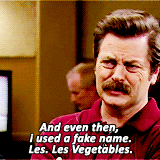
How do you choose a pseudonym?
There are infinite ways to come up with pen names for writers! You could use your initials or combine the names of your favorite musicians, or pets, or your children. Here are a few ways famous authors chose their pseudonyms:
Theodor Geisel got into trouble while he was a student at Dartmouth College, so he was banned from submitting any more articles to the school paper. To get around his punishment, he began submitting articles under his middle name: Seuss.
Samuel Langhorne Clemens worked on Mississippi steamboats before he became an author. He got his pen name from the term they would yell out when they reached the mark on the line used to measure the depth deemed safe for steamboat travel: "Mark Twain!"
David John Moore Cornwell might have the coolest reason of all for using a pseudonym: He published his first novel as John le Carré when he was an agent with MI6, the foreign intelligence service of the government of the United Kingdom, and was required to use a pen name. (After all, you can't be a secret agent if you're splashing your real name around on a book jacket!)
...
Click through to read more.
18 notes
·
View notes
Text

#Klempner #Spengler #Dachdecker #Schechtel #Freital #Baustelle http://dlvr.it/SqCwnG
0 notes
Text
RN Portfolio #7 - Period style
Selected Design Periods from the Mid-19th Century Onwards
Art Nouveau
Art Nouveau was fashionable towards the end of the 19th century, up until WWI. The style is very ornamental with an asymmetrical design that has sweeping and rhythmic long lines holding the design together. It often includes naturalistic elements such as plants, making use of lines and forms reminiscent of vine tendrils. Insects, especially insect wings, are frequently incorporated as well. Designs were often colorful and playful.
Pictured below is a pendant that can easily be recognized as Art Nouveau. The figure has an asymmetrical pose that ends with the dress turning into rhythmic and sweeping lines. The figure is also framed by insect wings.

The following pictures show the interior of a mansion in Russia designed by the famous Art Nouveau architect Fyodor Schechtel in 1900-1902. Looking at the staircase there is a rhythmic flow, wavelike and pulsing downward, again the sweeping lines are seen to be a very prominent feature. Naturalistic elements are found throughout the house as is typical of the style. A lot of sea life is incorporated, such as the jellyfish light at the end of the staircase. Other animals that are featured are the lizards at the top of a column in the last picture. Note the rhythmic form of their poses with the tails ending in tendril-like curves.


Art Deco
Art deco was a style that emerged after WWI and when Art Nouveau was considered old fashioned. The style used geometric forms often designed into bold patterns that created visual drama. Characteristic patterns were stepped designs and starbursts. Colors were bold and metallic finishes were often used. Below is a picture containing examples of characteristic Art Deco elements, one can see various designs of starburst and step-like features consisting of clean geometric forms.

The following picture is the top of the General Electric Building designed in 1931 by architects John Walter Cross and Eliot Cross. One can see the geometric elements that create patterns throughout. Even the faces of the characters near the horizontal center line of the picture are made up of geometric forms. Looking to the sides of the faces, the building has a step-like structure.
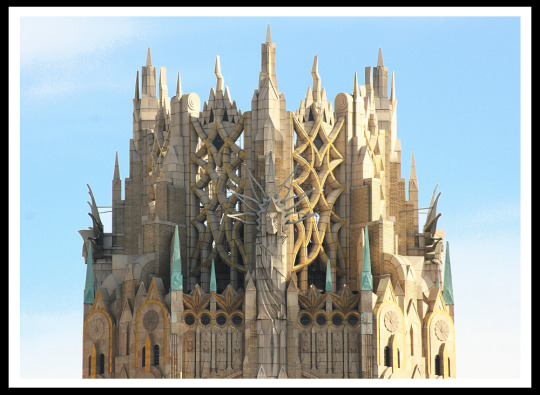
Art Deco is still considered an elegant and timeless design today. Pictured below is a modern room decorated in the style of Art Deco. Metallic finishes are used throughout the room along with geometric patterns such as those seen in the mirror. Increased use of mirrors is also a design characteristic of Art Deco.

Deconstructivism
Deconstructivism is a style that started in the postmodernism era in the 1980s. It challenged the characteristics of typical design, and what is considered form and order.
In challenging form and order, deconstructive architecture appears like controlled chaos, where the skeleton of the building seems distorted. There is often a surprising fragmentation of a design with unexpected twists and turns.
Below is an image of a geodesic dome home, a design with natural stability and which appears solid and sturdy. The images following is the deconstruction of a geodesic dome created by architects Kristopher Tejlgaard and Benny Jepsen in Denmark, 2012. One can see the fragmentation of the design, it has unexpected turns and to a degree may create a feeling of instability, a typical characteristic of deconstructivism.



3 notes
·
View notes
Text
The Other Side of Sidney Sheldon
When I was a kid I associated the name Sidney Sheldon (Sidney Schechtel, 1917-2007) exclusively with cheesy paperback novels my mother read, and the soapy TV movies they made out of them. At the very same time, it somehow managed to evade my notice that I was actually a big fan of a lot of his work — his earlier work in other media. For Sheldon was the rare writer who managed to be a success in…
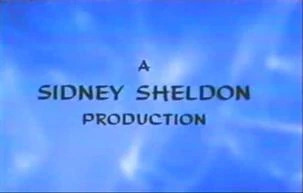
View On WordPress
#books#Broadway#Easter Parade#Hart to Hart#I Dream of Jeannie#Jumbo#movies#novelist#Patty Duke Show#playwright#screenplay#Sidney Sheldon#Television#The Bachelor and the Bobby Soxer#tv
1 note
·
View note
Text


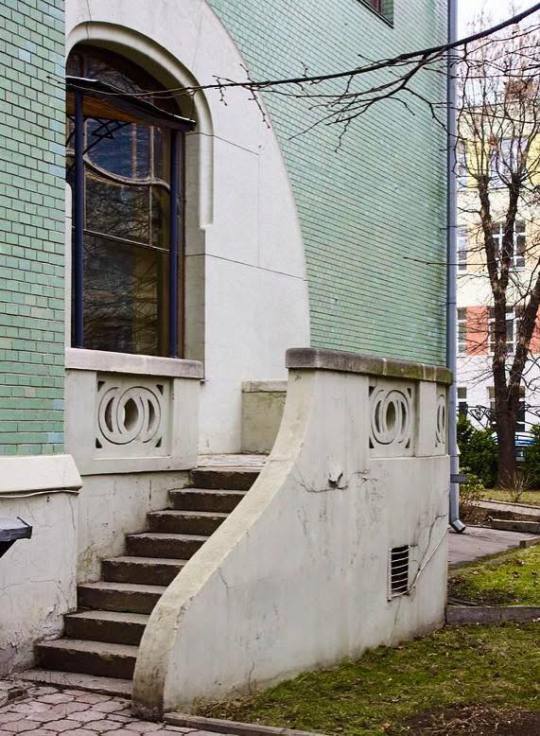

Maison Derojinskaïa, 1904, Moscou, Russie. Architecte Fiodor Schechtel. (Photos credit to the original photographers; Nikolai Vassiliev; karinabagdas). - source Sally Jo.
54 notes
·
View notes
Text
Тоже египетские мотивы, тоже Шехтель, но уже в особняке Смирнова.
Последний кадр про котиков и рыбов.









#особняк смирнова#шехтель#schechtel#особняки москвы#архитектура#architecture hunter#architecture photography#architecture#эстетика ебеней#abandoned places#ебенячьи ебеня#my esthetic#aesthetic#urbanexploration#abandoned#roadtrip#urbantrip#abandoned seekers#abandoned russia
2 notes
·
View notes
Text

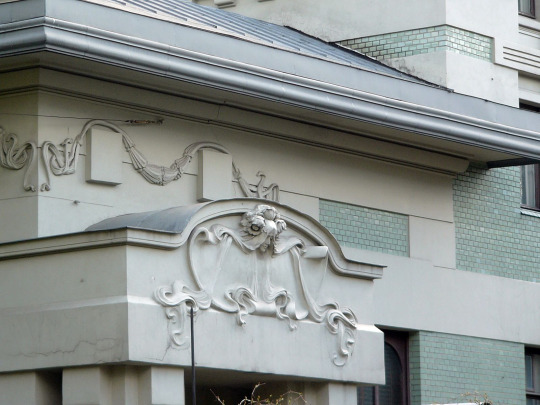
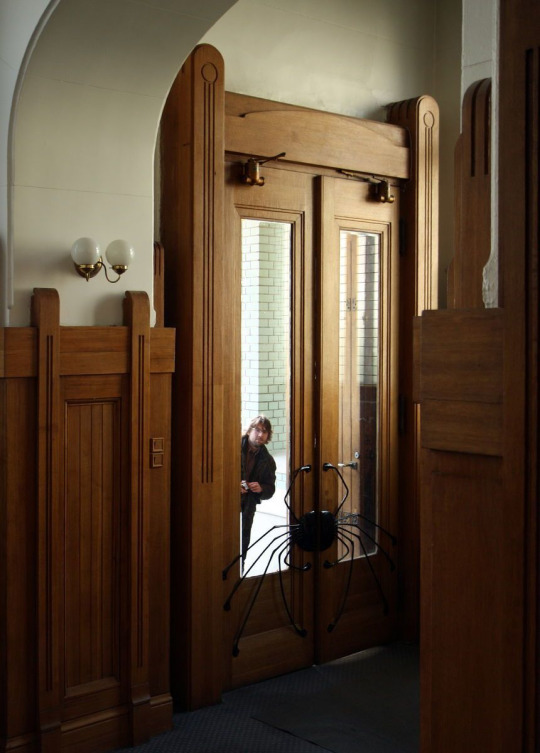
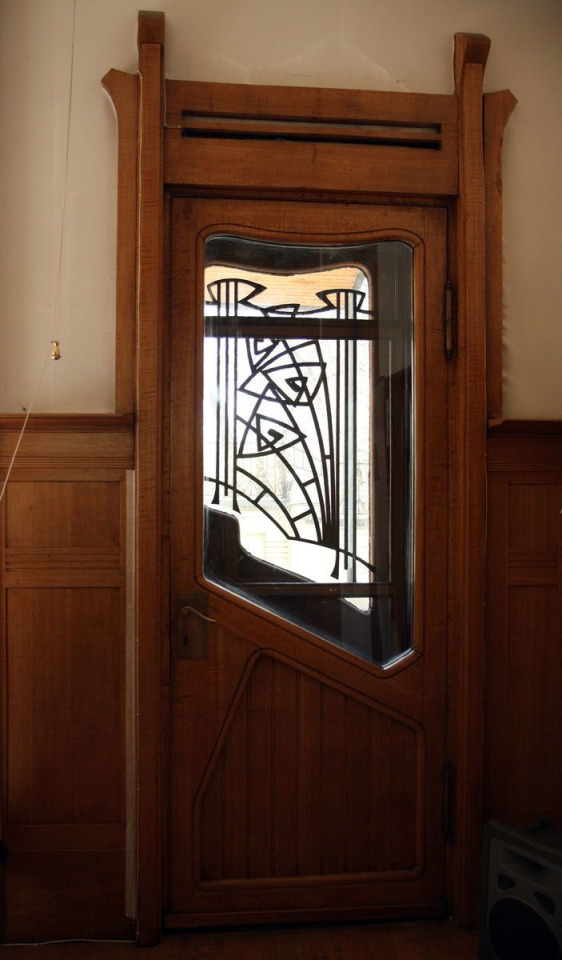
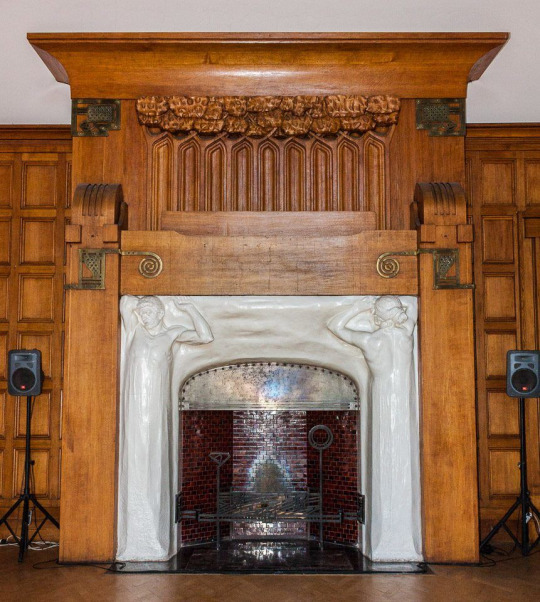


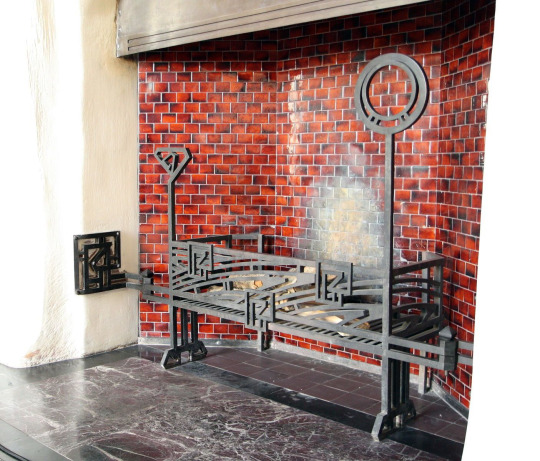

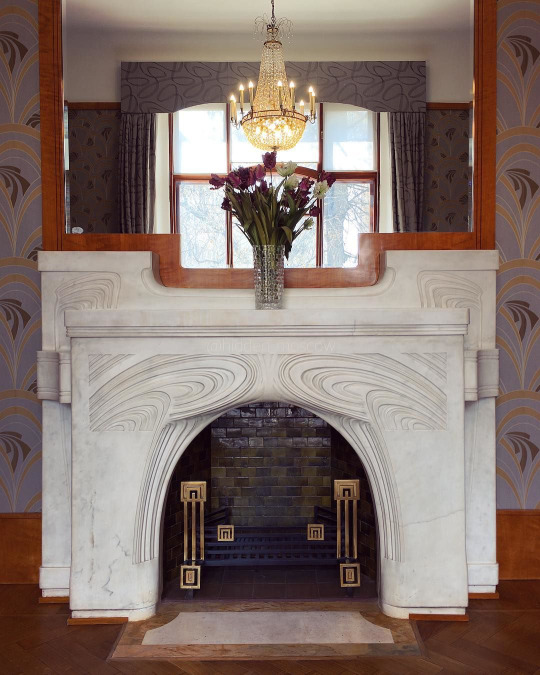
34 notes
·
View notes
Photo
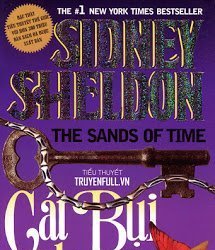
sachtruyenvn.com - Cát Bụi Thời Gian
Dịch giả: Hồ Trung Nguyên
Sidney Sheldon, tác giả của nhiều cuốn tiểu thuyết thuộc hàng Best-selling được người đọc Việt Nam yêu thích như "Nếu còn có ngày mai", “Âm mưu ngày tận thế”, "Thiên thần nổi giận"..., đã từ trần ở tuổi 89.
Warren Cowan, một trong những cố vấn của Sheldon cho biết nhà văn từ trần vào chiều ngày 30/12 tại Bệnh viện Eisenhower ở Rancho Mirage (Mỹ) vì bệnh viêm phổi. Vợ ông, bà Alexandra, con gái Mary Sheldon đồng thời cũng là một nhà văn, đã có mặt bên cạnh Sheldon trong lúc lâm chung. Cowan xúc động nói: “Tôi đã mất một người bạn lâu năm và thân thiết nhất. Trong suốt những năm tháng được làm việc cùng Sheldon, tôi chưa bao giờ nghe thấy ai đó nói một từ không hay về ông”. Sidney Sheldon từng có thời gian làm việc tại Hollywood và là tác giả của nhiều kịch bản phim nhựa và phim truyền hình nổi tiếng.
Tuy nhiên, bước sang 50 tuổi, tức là vào khoảng những năm 1967, ông lại chuyển sang viết tiểu thuyết và nổi tiếng với hàng chục tác phẩm ăn khách nhất hành tinh, được dịch sang nhiều thứ tiếng khác nhau trên toàn thế giới. Những cuốn sách của Sheldon, như “Thiên thần nổi giận”, “Phía bên kia nửa đêm”, “Nếu còn có ngày mai” đã khiến tên tuổi của nhà văn Mỹ luôn tồn tại trong lòng bạn đọc.
Ông là một nhà văn có tài thực thụ. Bằng cách viết và diễn tả tình tiết câu chuyện rất ly kỳ với giọng văn hóm hỉnh nhưng đầy trí tuệ, những tác phẩm của Sheldon thường nói về những nhân vật thành đạt, nổi tiếng nhưng không có thật và thường là phụ nữ.
Trong một cuộc phỏng vấn năm 1982, Sheldon tâm sự: “Tôi cố gắng viết những tác phẩm để người đọc không thể đặt chúng xuống. Tôi viết để khi người đọc đọc tới cuối chương, họ phải đọc thêm một chương nữa”. Giải thích lý do tại sao có quá nhiều phụ nữ là các nhân vật chính trong các tác phẩm của ông, Sheldon nói: “Tôi thích viết về những người phụ nữ tài giỏi, và quan trọng hơn, là họ vẫn đầy quyến rũ, nữ tính. Phụ nữ có một sức mạnh vô cùng to lớn - đó là nét quyến rũ và người đàn ông không thể làm gì nếu thiếu điều này”. Không giống như những nhà văn khác thường sử dụng máy chữ hoặc máy tính để viết tác phẩm, Sheldon thường đọc ra 50 trang truyện mỗi ngày cho thư ký hay máy thu âm ghi lại. Sau đó, ông sửa bản sáng tác vào ngày hôm sau và cứ tiếp tục công việc như vậy cho tới khi tác phẩm của ông dài từ 1.200 tới 1.500 trang.
Sheldon nói: “Tôi đọc và sửa lại bản viết cuối cùng từ 12 tới 15 lần. Có thể tôi chỉ dùng cả năm để sửa lại bản viết đó”. Sidney Sheldon sinh ngày 11/2/1918 tại Chicago, Illinois dưới tên Sidney Schechtel, trong một gia đình có bố là người Do Thái gốc Đức, mẹ là gốc Nga. Ông bắt đầu việc viết lách ngay từ khi còn rất nhỏ. Lên 10 tuổi, cậu bé Sheldon đã kiếm được 10 USD cho một bài thơ. Thời trai trẻ, Sheldon từng làm nhiều nghề để kiếm sống trong khi là sinh viên tại Northwestern University và tham gia một nhóm chuyên viết những vở kịch ngắn.
Sheldon từng thú nhận ông suýt tự tử vào năm 17 tuổi. Năm 17 tuổi, Sheldon quyết định thử vận may tại Hollywood. Công việc ban đầu duy nhất mà Sheldon nhận được là đọc kịch bản phim tại Universal Studio với giá 22 USD/ tuần. Trong khi đó, ban đêm ông viết kịch bản phim riêng c��a mình và bán lại cho Universal với giá 250 USD. Sau thế chiến thứ 2, từ một phi công của Lực lượng không quân Mỹ, Sheldon giải ngũ và về làm việc cho sân khấu kịch Broadway - nơi đánh dấu những bước đi quan trọng trong sự nghiệp viết văn của ông. Cũng tại đây, Sheldon nhận giải Tony award cho kịch bản hay nhất cho “Redhead”.
Với hơn 300 triệu ấn bản được bán, Sheldon không chỉ là một trong những nhà văn “lão làng” của Mỹ mà còn có ảnh hưởng lớn trong nền văn học thế giới. Ông từng đoạt giải Oscar với kịch bản hay nhất cho phim “The Bachelor and the Bobby-Soxer” (1957), giải Tony Award cho vở nhạc kịch “Rehead” (1957) nổi tiếng của sân khấu kịch Broadway và giải Emmy cho “Dream of Jeannie” (1967) Tại Việt Nam, nhiều tác phẩm của Sheldon đã được dịch và xuất bản như “Âm mưu ngày tận thế”, “Bầu trời sụp đổ”, “Người lạ trong gương”, “Phía bên kia nửa đêm”, “Nếu còn có ngày mai”, “Kế hoạch hoàn hảo”, “Cát bụi thời gian”….
https://sachtruyenvn.com/cat-bui-thoi-gian/?feed_id=14928&_unique_id=606d76a49a0a1
0 notes
Photo
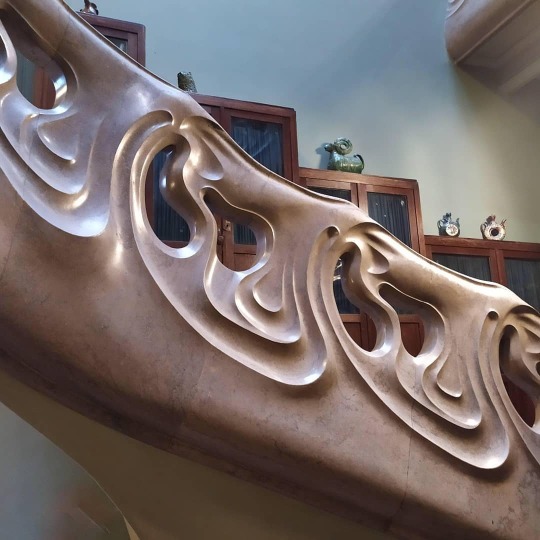
Особняк промышленника, мецената и историка иконы С.П. Рябушинского на М.Никитской улице в Москве, постороенный в 1900-1902 годах, классический памятник русского модерна. Во 2-й половине XX века стал музеем А.М. Горького, жившего здесь в 1931-1936 гг. Думаю, чт�� его по праву можно назвать и музеем замечательного архитектора Ф.О. Шехтеля - автора проекта особняка и его внутреннего оформления. Листая карусель, можно увидеть некоторые элементы оформления первого этажа: столовой, библиотеки, кабинета, холла. / The mansion of the industrialist, philanthropist and historian of the icon S.P. Ryabushinsky on M. Nikitskaya street in Moscow, built in 1900-1902, a classic monument of Russian Art Nouveau. In the 2nd half of the 20th century, it became a museum of A.M. Gorky, who lived here in 1931-1936. I think that it can rightfully be called the museum of the wonderful architect F.O. Schechtel - the author of the project of the mansion and its internal design. Leafing through the carousel, you can see some elements of the first floor: the dining room, library, office, Hall. #russianphotos #МосковскийМодерн #daand_photo #russianArchitecture #шехтель #daand_art #moscowheritage #историяМосквы #московскоеНаследие #Историякультуры #russianart #russianantiques #russianArtnouveau #russianInteriors #арнувоМосква #московскийМодерн #интерьерМодерн #интерьерАрнуво #русскаякультура #историямосквы #стильМодерн #арнуво #стараяМосква #древностиМосквы #москваАрнуво #москваистория #ИсторическаяМосква #особняк #прекраснаяМосква #архитектураМосквы (at Особняк Рябушинского Арх. Шехтель 1900г - Дом Горького) https://www.instagram.com/p/B9nCPo-oJOW/?igshid=5t03s892y4d7
#russianphotos#московскиймодерн#daand_photo#russianarchitecture#шехтель#daand_art#moscowheritage#историямосквы#московскоенаследие#историякультуры#russianart#russianantiques#russianartnouveau#russianinteriors#арнувомосква#интерьермодерн#интерьерарнуво#русскаякультура#стильмодерн#арнуво#стараямосква#древностимосквы#москваарнуво#москваистория#историческаямосква#особняк#прекраснаямосква#архитектурамосквы
0 notes
